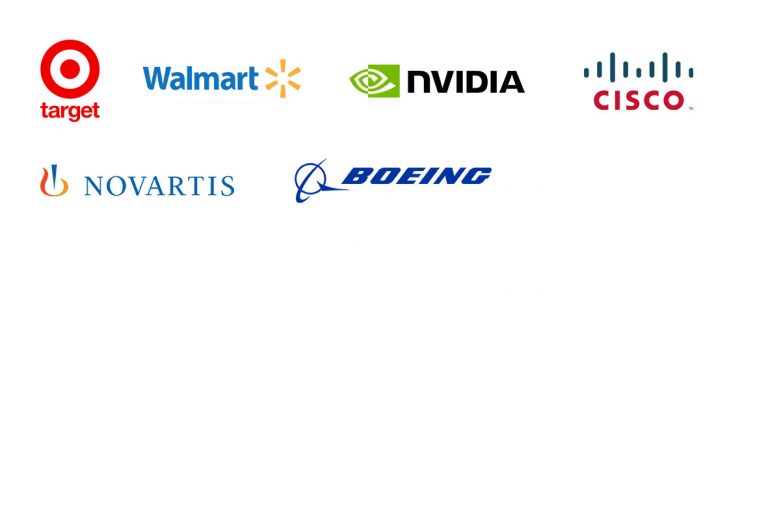GCC 8.0: A Journey of Strategic Evolution
The evolution of GCCs has been transformative, shifting from centers for back-office work to pivotal drivers of innovation, operational excellence, and global business strategy. The history of the first offshoring center established by an MNC in India dates back to 1985. Over the next two decades, India’s GCC landscape has experienced exponential growth, growing from 760 centers in 2012 to 1,600 in 2023, with projections suggesting 2,400 centers by 2030 and a market valuation of USD 110 billion.
Originally conceived as captive centers focused on IT support, GCCs have evolved into hubs of innovation, strategy, and premier talent, ascending the value creation ladder with remarkable agility and impact. This timeline of GCC evolution across eight distinct phases provides us with a profound understanding of their journey and underscores their pivotal role in shaping the future of global business.
Global Capability Centers (GCCs) were established as centralized support hubs aimed at cost arbitrage, with Texas Instruments setting up the first offshore center in Bengaluru. GCCs leveraged India's cost-effective talent pool to handle back-office support and basic IT services, focusing on driving process standardization and impacting the bottom line. The focus was on hiring mid-skill talent to ensure operational efficiency.

This phase expanded service offerings and siloed operations, focusing on process standardization, efficiency, and centralized management. Instead of building cohesive capability blocks, the focus was on addressing specific needs without considering the broader organizational context.

GCCs evolved into multi-capability hubs, taking complete ownership of functions such as merchandising and customer experience. Investments in infrastructure, technology, and partnerships enabled the hiring of domain experts and highly skilled professionals, driving advanced capabilities in R&D, engineering, and analytics. Organizations implemented extensive training and development programs.

GCCs integrated business, technology, and corporate functions to create efficiencies through automation and RPA. Transitioning into strategic partners, they provided insights and innovative solutions, moving up the value chain. Recruitment focused on strategic thinkers and leaders, with significant investments in leadership development.

Adopting digital technologies like SMAC (Social, Mobile, Analytics, and Cloud) transformed GCCs into the epicenters of digital transformation. As the hubs of superlative tech talent, GCCs enabled their organizations to lead the industry through innovation and customer-centricity. Providing access to emerging technologies and agile methodologies, GCCs became the toolbox enabling their enterprises to stay relevant and competitive in a digital-first landscape.

GCCs evolved into sandboxes for innovation, establishing labs and incubators for breakthrough developments by leveraging emerging technologies in AI/ML, data science, blockchain, etc. They collaborated with startups and academia, fostering a culture of experimentation. Cross-functional teams drove product and service development breakthroughs, positioning GCCs as equal partners in shaping industry futures.

GCCs transformed into 'digital twins' of their headquarters, replicating and integrating all functions and operations. This convergence fostered an interconnected ecosystem, with global leaders housed within GCCs, ensuring strategic alignment and seamless integration, thus enhancing overall value creation.

The next generation of GCCs leverages a holistic ecosystem and integrates with startups, attracting high-caliber, business-driven talent. Learning from previous phases, GCC 8.0 prioritizes innovation, efficiency, and strategic alignment, setting new gold standards and driving unprecedented organizational success.

** The logos provided at each phase represent the year they were established and may not necessarily correspond to the phase the GCC belongs to.
